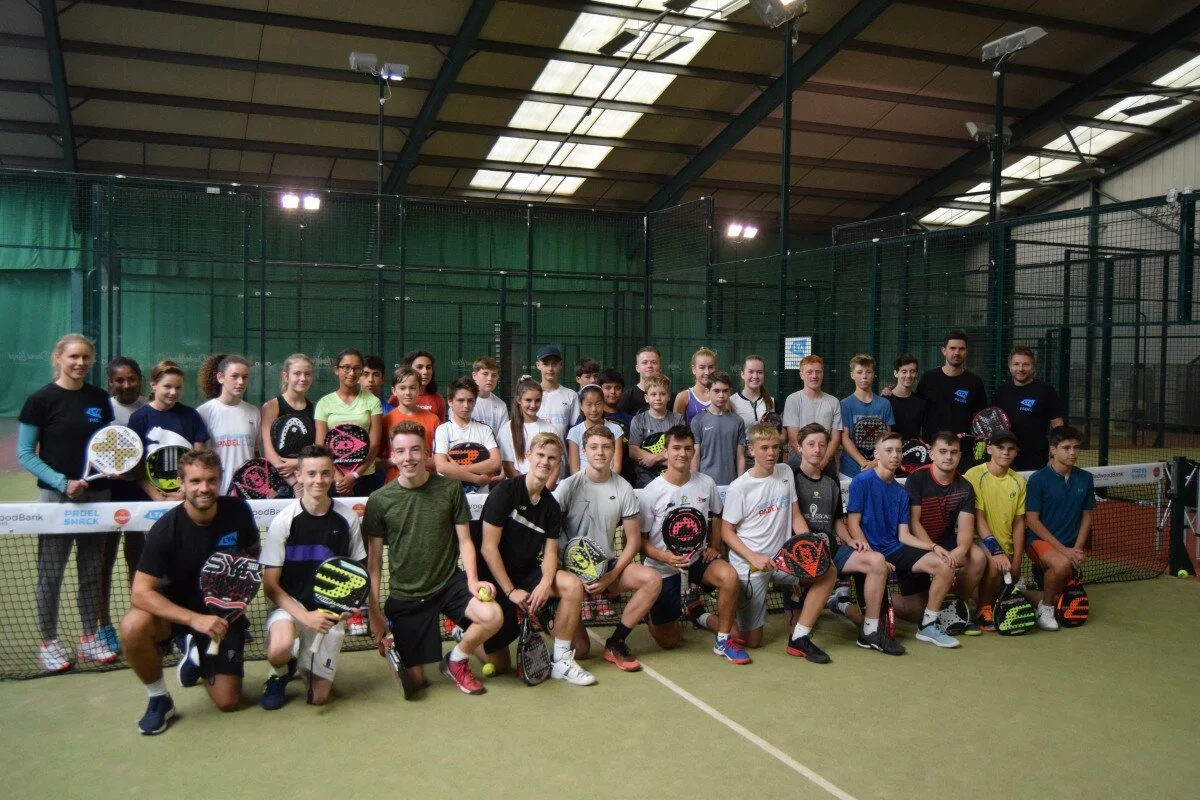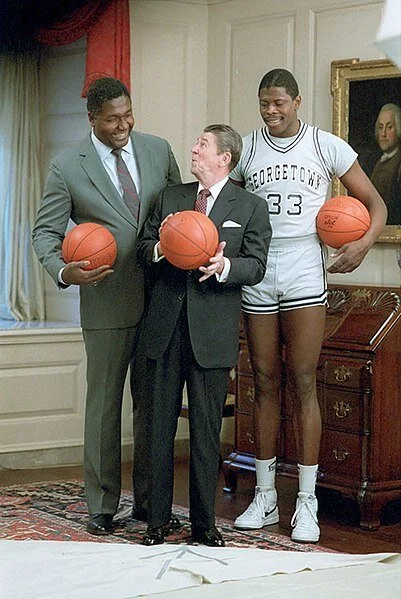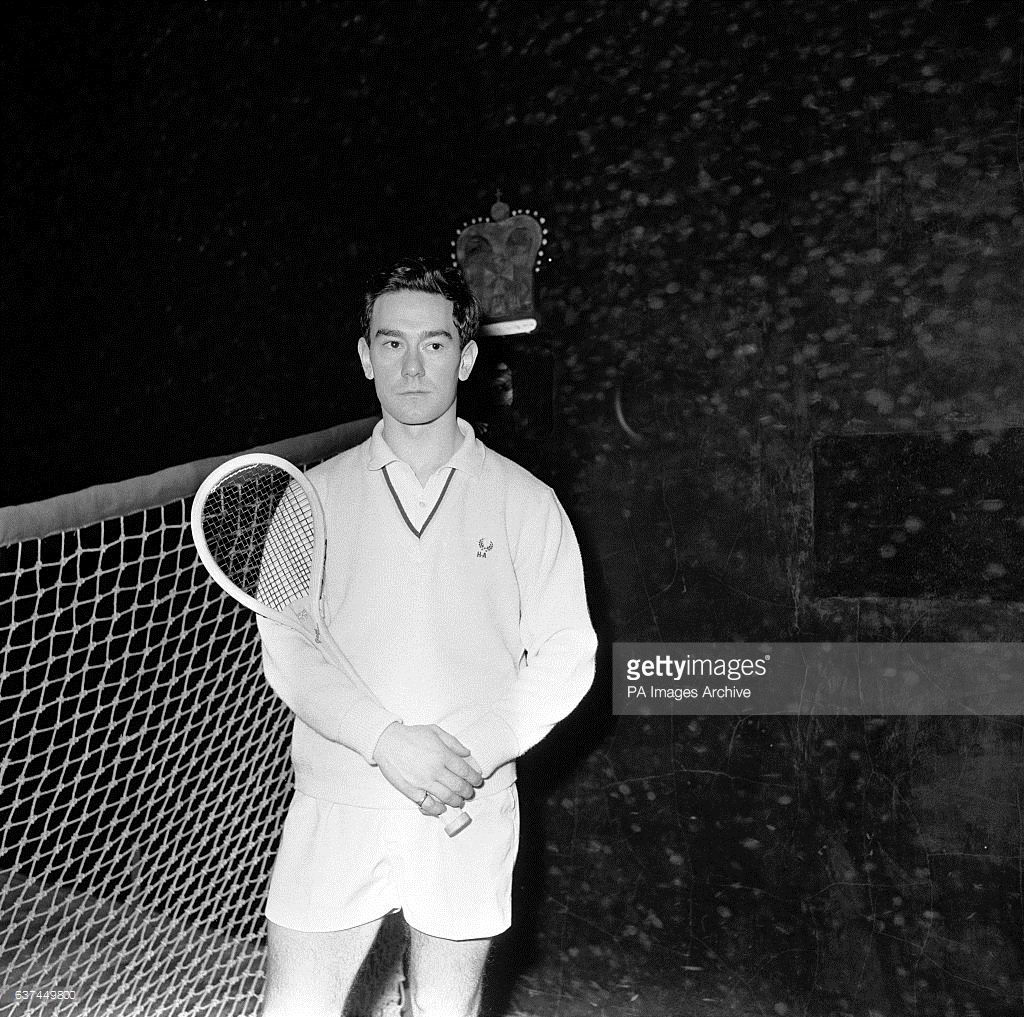Back to Padel School: Talking Padel with Sandy Farquharson
Padel Power: Sandy Farquharson From The Padel School Talks to The Sporting Blog
Padel continues to grow at breakneck speed, with people taking up the game every day, as clubs add Padel courts to their facilities.
In 2020, we caught up with Padel School head honcho Sandy Farquharson to talk Padel technique, tactics, equipment and building courts in our latest sporting interview.
TSB: For those who already play lawn tennis or squash, what are they going to get from padel that the other games don't offer, or that Padel can provide?
SF: Coming from a tennis and squash background, one area that I thought was unfortunate was that those sports can be difficult to play with your friends.
Yes, you make friends playing the sport, which is great, but you very rarely could say to your friend “why don’t we try playing a game of tennis?”. This got even more difficult the more you improved.
Because tennis and squash are so technical a player needs (on average) at least half a dozen lessons before they’d be able to actually enjoy a rally from the back of the court.
The beauty of padel is that most people can rally the first time they step on the court and in the majority of cases can even play a game.
This lower technical requirement at the beginning also means the tactical side of the game comes into play much earlier.
There are many players that have played tennis for years, never really being able to bring tactics into their games and within a handful of times playing padel they realise they are able to execute a strategy to win points.
If people have a strong leaning toward another sport such as tennis, what are the common habits that people bring with them that you try to eradicate early on?
Different sports bring their habits to the court. Tennis players usually avoid the ball hitting the glass at all cost.
They often have good volleys and charge to net at any opportunity (which is not necessarily a good thing).
Squash players enjoy using the glass, often lunge to the ball and use a lot of wrist.
Many players can actually play the game quite effectively even with these habits, but to improve their game they might need to make some adjustments.
And what are some of the techniques or learned mechanics that are actually of benefit?
This is an interesting topic and I know that often playing tennis and squash together for example can be bad for the technique (of the other sport).
You don’t see that as much in padel. A lot of tennis players almost play as much padel as they do tennis (Nadal, Lopez, Ferrero…most of the Spanish actually).
A lot of players feel that padel even helps their volleying and the tactic element can help make players more patient on court.
Obviously, all players are individual, so it depends on the approach.
Padel has a very specific movement profile, moving in all directions almost continually, but probably going backwards more than any other sport. How do you get new players to approach that new type of footwork?
This is a part of the physical game that takes time to adjust. Getting the player used to taking smaller, faster steps can help them deal with balls in the corner.
One of the biggest reasons tennis players struggle with the walls is because they are used to setting their feet for an oncoming ball, so they do that in padel, but the rebound takes time to anticipate accurately and almost always the players aren’t quite in the right position.
What exercises can we do off-court to improve our footwork for Padel?
Similar footwork drills to tennis – agility cone drills, ladders etc. One thing is foot speed and another is knowing where to put your feet.
But the learning process would be similar to other racket sports, players would just need to learn the patterns of movement for padel. This will take time and repetition.
For the technique geeks out there, can you give us one or two of your best tips to help improve our padel game?
Something I wish I had done when I first started playing was getting used to the walls.
Players (especially from tennis) begrudgingly learn the walls a year down the line when they desperately need to.
But I think, even if players hate the rebounds, they should get used to the bounce as early as possible. You might be uncomfortable for a while, but it is worth the frustration!
On to equipment, like most sports, there is a bewildering array of rackets. Can you advise on how to choose a Padel Racket?
It seems there are more rackets available in padel than any other sport! Each brand has dozens of models, with new designs every year.
Whatever the level of experience I always recommend players test rackets before buying (which is not always easy in padel – there aren’t shops with demo rackets everywhere like tennis). Players are looking for comfort and how the racket suits them (and their style of play).
If you are starting out, you do not need a high end racket. I would look for something relatively light (360-370g for men, 320-350g for women) and also relatively soft – you can only find that out by seeing it usually). ED : Sandy has a very useful video on this HERE
We want to help build more courts in the UK and beyond... what is your elevator pitch for why to build court at our club?
If you have made it this far through the article, you most likely already know that you can fit 3 padel courts on a full size tennis court (if you have a slight run off at the side). You also know that means 12 players instead of 2 at any one time.
Most tennis coaches will know the drop off of people playing tennis due to technical frustration, staleness, difficulty finding a player your level, family commitments etc.
These players can all stay at the club if you introduce them to family; they will find the technique easy, therefore similar levels are easy to find, you can play with your family and it is a great funnel to bring people to the club.
From someone who has done many taster sessions in both sports, the retention of players is considerably higher in padel.
There is a reason that France, Sweden, Italy, Spain, and Portugal have all built hundreds of courts in their countries over the last couple of years.
What one piece of advice would you give to a club building padel courts in the UK?
My advice would be not to build just 1 padel! I have worked with many clubs that have built 1 or 2 courts, thinking they will test the water (which is sensible).
But these courts generally fill up within 4-6 months and then you have to go through the whole process of permissions and constructing more. You also cannot run an effective tournament on 1 or sometimes even just 2 courts.
Also, ask around before putting in courts, there are many things to consider and padel should be considered a separate sport from tennis.
It has a different approach, and different ways of coaching (you only need to ask anyone who has been on a coaching course) – but luckily there are many people willing to help or offer advice.
You can contact Sadny on any of the following:
Email: sandy@thepadelschool.com
Instagram: @thepadelschool
Facebook: @thepadelschool
YouTube: www.youtube.com/thepadelschool








